The Ferret is a small member of the Mustelidae family, which are also known as mustelids. Some other mustelids include weasels, otters, badgers, stoats, minks, wolverines, and more. Wild Ferrets are European Polecats, or common Ferrets, and their domesticated counterparts are a subspecies of European Polecat.
This article will focus on wild species, for information on the domestic species see the “Domestication” section below. Read on to learn about the Ferret.
Description of the Ferret
Ferrets look a little like chubby weasels. They have long bodies, short legs, small ears, and small heads. Their coats come in several shades of brown, and their faces are cream colored.
They have a patch of darker fur around their eyes that looks like a mask. Most of them measure between 1 and 1.5 ft. long, and they weigh between a 1.5 and 3 pounds, with males weighing more than females.
Interesting Facts About the Ferret
Ferrets are charismatic little predators. Learn more about their different features, traits, and adaptations below.
- Several Subspecies – Within the species, researchers recognize seven different subspecies of these furry creatures. The different subspecies are the common, Welsh, Mediterranean, Scottish, Middle Russian, and Carpathian Polecats, and the Domestic Ferret. The Scottish subspecies went extinct in the early 20th
- Social Structure – Though the Domestics love to have companions, their wild counterparts are not so fond of company. Their Wild cousins are not social and chase others out of their territories. The only time they interact is during the breeding season.
- Powerful Predators – These creatures are so cute and small that it is extremely surprising how competent they are at capturing prey. A one-pound Ferret can capture and kill a rabbit several times its size!
- Dietary Differences – Because these mustelids live across a very wide range, they feed on many different types of prey. Unsurprisingly, the “usual” diet of a Ferret living in Central Europe might be vastly different from that of a Ferret living in the British Isles. Not only do they hunt different species based on where they live, they also rely on different prey at different times of year as well.
Habitat of the Ferret
The Wild species inhabits several different types of habitats. Their favorite ecosystems are riparian, or along the edges of a water body. Food is usually more prevalent in riparian areas, and water is obviously easier to find when you live nearby.
You can find these animals living near lakes, ponds, streams, rivers, and more. They also inhabit wetlands, marshes, and other watery habitats. They also inhabit forest edges, scrublands, grasslands, and more.
Distribution of the Ferret
As their name suggests, European Polecats live across Europe. Their range extends from Portugal to Russia. They also inhabit portions of the United Kingdom, northern Africa, southern Sweden and Finland, and northern Greece.
Domestic Ferrets live in households across the globe as pets. Additionally, humans have used Domestics to hunt rats, rabbits, and mice since about 2,500 years ago.
Diet of the Ferret
These animals are carnivores, and they are surprisingly competent predators. They eat a variety of different prey, from small mammals and birds to frogs and snakes. Their most common prey items include mice, rats, voles, quail, chickens, pigeons, grouse, rabbits, frogs, toads, and more.
Researchers have also recorded them hunting hares, hedgehogs, snakes, insects, and geese. Their long slender bodies allow them to follow burrowing prey underground.
Ferret and Human Interaction
Humans and Ferrets have interacted in a variety of ways throughout history. People have domesticated them to hunt rodents and small mammals, and have hunted the Ferrets themselves for their coats or for sport. We have also tamed Wilds as pets.
In some areas farmers view these creatures as pests because they hunt small livestock, while in other areas they believe they are beneficial because they hunt rats and mice. Despite these various interactions, the IUCN lists Common Ferrets as Least Concern.
Domestication
People domesticated these furry creatures approximately 2,500 years ago. Researchers believe that we originally domesticated them to hunt rats and mice, and to flush rabbits.
Nowadays, people keep these charismatic little mammals as pets. Their popularity increased outside of Europe in the 1980s, and people keep them as pets around the world today.
Does the Ferret Make a Good Pet
The domestic subspecies of Ferret makes a wonderful pet. However, the European Polecat does not. Wild Ferrets do not behave in a friendly manner like their domestic counterparts. They are shy and difficult to tame.
Thankfully, Domestic Ferrets are friendly and love interacting with humans when you socialize them properly. You should make sure it is legal to own one where you live before buying.
Ferret Care
These creatures need large cages with plenty of space to exercise. You should also let your pet out to explore and play, but ensure the room is Ferret-proof. Ferrets can fit through amazingly small spaces and become trapped when they weasel their way behind cabinets and in other similar areas. Reclining sofas can also injure or kill them if they climb inside them and someone moves the mechanisms.
Unlike dogs, Ferrets are obligate carnivores, which means the vast majority of their diet contains meat. You can feed your pet specialized food with a high protein content. Ask your veterinarian about the best protein and fat content to find the best food for your Ferret.
Behavior of the Ferret
Wild and Domestic Ferrets have drastically different behavior patterns. Wilds are solitary, and rarely interact with other members of their species outside of the breeding season. They strictly defend their territories and use musk to mark the boundaries.
Domestics are quite social and love interacting with one another. You often seen pet Ferrets playing with one another or sleeping in a large pile.
Reproduction of the Ferret
Males are polygamous and mate with multiple females near their territories. Females do not mate with multiple partners. Their gestation period lasts about 40 days, and they give birth to a group of offspring known as a “litter.”
Litters contain between 5 and 10 babies, known as “kits.” The females wean their kits off their milk when they are about 8 weeks old. Once the kits are 2 or 3 months old, they leave their mothers and strike out on their own.

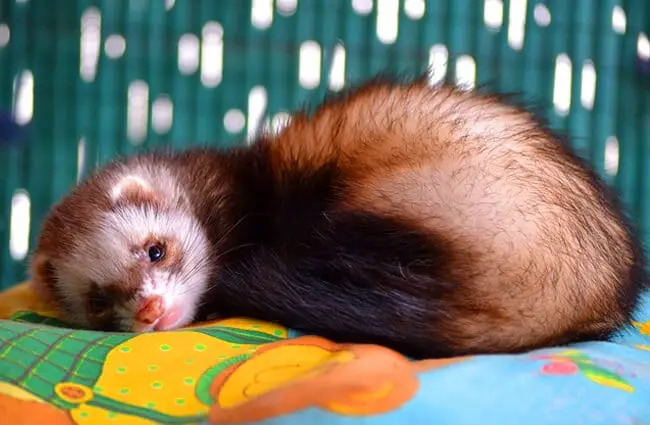


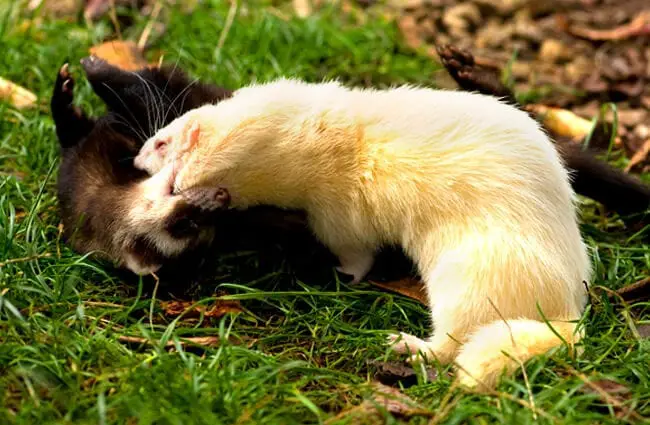
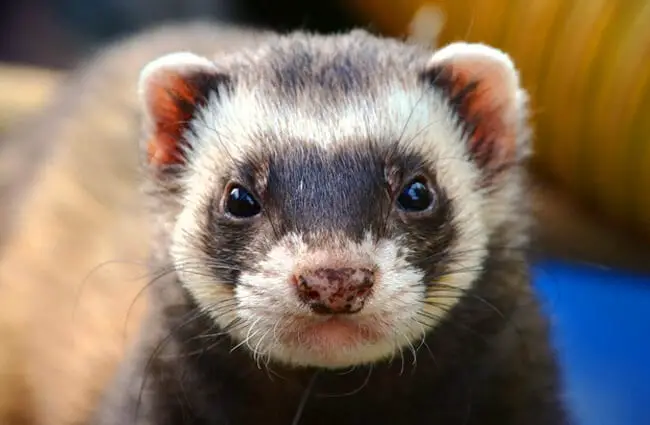

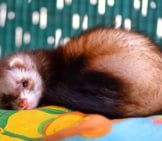


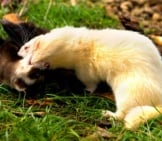
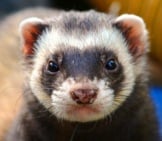
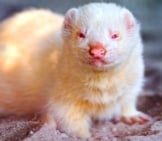
![Red Angus Closeup of a beautiful Red Angus cowPhoto by: U.S. Department of Agriculture [pubic domain]https://creativecommons.org/licenses/by/2.0/](https://animals.net/wp-content/uploads/2020/03/Red-Angus-4-238x178.jpg)












![Red Angus Closeup of a beautiful Red Angus cowPhoto by: U.S. Department of Agriculture [pubic domain]https://creativecommons.org/licenses/by/2.0/](https://animals.net/wp-content/uploads/2020/03/Red-Angus-4-100x75.jpg)

